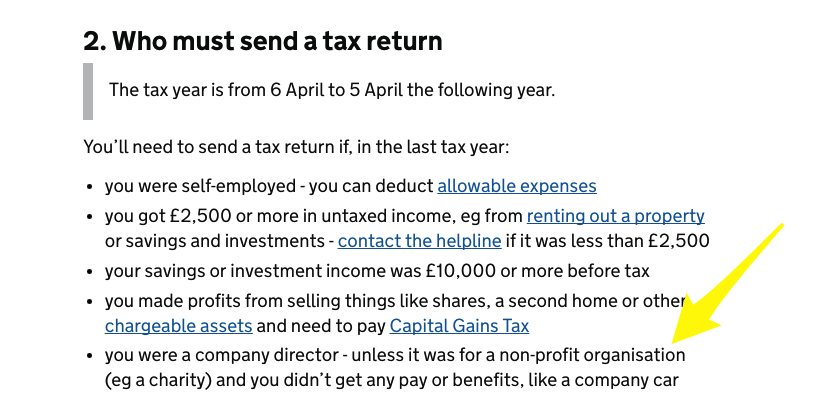I think a lot about my work. It’s borderline obsessive at times, which I have to manage…but that’s another blog post.
Most of my ponderous thoughts consider Atlas’ staff and its customers; but my team have been front and centre of my mind over the past 6 months.
The reason for this is that we’ve recently grown the team to 21 members up from 15, a 40% increase. This is still a small business to most. However, I don’t know anybody who runs a business and believes their team size is the metric they should strive to increase. In fact, the truth is that most of the founders I speak with see the growth of their team as a happy(?) side effect of increasing profits and revenue. I say happy with a snarky question mark in brackets because as a company increases its head count the team culture changes, sometimes rapidly and drastically, and that change is terrifying.
On the subject of team culture, I had the pleasure of attending a talk in Silicon Valley by Steve Blank, author of 4 steps to an epiphany and the spiritual GodFather of the Lean Startup.
Steve provided a candid and interesting summary of his decades of experience working with hundreds of founders who have been on the journey to grow their business and their headcount. Steve was close to the action, and saw the gruesome evolution of team culture up close and personal.
As an aside – Steve also said that at least one of the founders of most startups are unceremoniously removed from the business somewhere along its pathway to serious growth. The skills required to start a business are just not the same as those required to sustain and grow one.
Anyway, about half way through his talk Steve caught the attention of the room with a simple analogy…”Imagine your team culture as a lovely, tasty bowl of ice cream. Delicious eh? You’d eat that entire bowl without pause. Now imagine there’s a speck of shit in that ice cream, how much would you like to eat now?”.
Ewww! The entire room reeled with disgust. Nobody wants shitty ice cream. And in that single instant, everybody in that room concluded they didn’t want to be a member of a shitty ice cream team. In fact, most people had experienced shitty ice cream teams at some stage in their career and knew how bad it tasted.
Putting foundations in place for growth – understanding our Why?
With Steve’s words ringing in my ears in August 2018 it became clear to me that for Atlas (my bespoke software company) to grow revenue it would need to increase headcount. Since being founded in 2007 I had had purposefully constrained staff growth on the basis that we would rather grow mega conservatively than take on too many staff and not be able to make payroll one month.
While this strategy sustained the business it did so at the cost of restraining growth. This had to change. We had lofty goals for growth and wouldn’t achieve our ambitions without the right people on the team. Not only that, with a solid baseline of income it was time to put our foot on the gas and try a strategy of resourcing ahead of anticipated growth.
However, before throwing ourselves in to a hiring frenzy I decided to first understand why the team who work here bother to show up each day and give it their all. If I was to ensure that no shit got in to my ice cream, I would need to understand why our existing ice cream was so good.
Cue two months of soul searching, Googling useful articles on the subject, chatting with friends, family, staff and anybody else who would hear me out. I talked mostly about Why Atlas was founded, and then about the journey we’ve been on since then. After a lot of rummaging around the archives I established our Why which we now proudly show off on our About Us page:
“To create opportunities for clever, creative and passionate people to collaborate so that, together, we use technology to solve business problems and drive innovation.”
All the people who work in Atlas in every single role genuinely give a damn about their work – they are passionate. They care about and collaborate with their team and our customers. Because they care, the team can solve some pretty frightful business problems for our customers by using our tool of choice – technology! It all sounds so obvious, and because it sounds obvious it’s clear that this is a genuine Why and not some made up marketing drivel.
Having a Why is great. It helps me articulate to the existing members of the team what I care about, what Atlas cares about, and the type of people we love to work with. Equally, it tells all of us what we are not – for example – I know that we have financial growth targets but meeting these targets is not the reason I get out of bed each day. I suspect most of the team don’t hop out of bed on a Monday morning and consider our balance sheet, and neither do I.
Having a Why is also insanely useful for interviewing candidates for Atlas. If I share our Why and an interesting discussion ensues that’s a great sign. If I share our Why and the candidate dismisses it, we might not be such a great fit.
When I articulate our Why and the journey we’ve been on to understand it, what I’m actually doing is selling them on our business and the people in it. The right candidate for Atlas naturally wants to be a part of our Why because they understand it and in some way they see it reflected in their personal Why.
This means that any candidate with the necessary amount of technical competence can in a short interview truly understand the pathway Atlas is on, and in that instant understand if they wish to join us on our journey.
Core values – the cornerstones that assist us in pursuing our Why
A Why is fantastic and in some ways life changing but it doesn’t offer enough detail around what we expect from staff on a day to day basis. We might all align with the same Why, but how we go about achieving it might not be. As an extreme example, one team member might feel that they can break the law to pursue our Why, when clearly, that’s not acceptable.
So to add this level of detail, we set down some core values that I felt had been organically curated in the team but not properly defined. We chose 10 principles that we called our core values, things we expect of everybody, without question. Ten was a nice round number but it was also just the number that came to us – there could just have easily have been 5, or 15. We ultimately settled on:
- Let go of the past and make the most of the future.
- Always tell the truth – we want to hear bad news sooner rather than later.
- The highest level of integrity is expected. When in doubt, ask.
- Everyone washes cups.
- Be professional in your style, speech and follow up.
- Listen to the customer. They almost always ‘get it’.
- Create win/win relationships with our partners.
- Look out for each other. Sharing information is a good thing.
- Don’t take yourself too seriously.
- Have fun, otherwise it’s not worth it.
My personal favourites are core values 4 and 10 but they’re all very dear to me. The core values are also presented proudly presented on the careers page of the Atlas website.
Was it worth it?
We established our Why and Core Values in August 2018, and since then have been on a bit of a hiring spree.
It’s a super easy win for us to identify a candidate who has truly thought about working at Atlas to a level of detail because they will inevitably mention Atlas’ Why and/or our core values during the interview.
In fact, not only have publishing our Why and Core Values been of use for candidates we have interviewed, but I dare say these values have actually attracted candidates to apply for roles. At least three candidates that I’m aware of have mentioned our core values in their covering letter when applying for a position published on Atlas’s careers page.
I can honestly say that the Why and Core Values provided a common understanding of what is expected of all existing team members and gave candidates interested in the possibility of working for Atlas a true measure of what we care about.
I’m delighted with the hires we’ve made and it delights me that they, and our our existing team members, truly understand why they get out of bed on a Monday morning.



